-
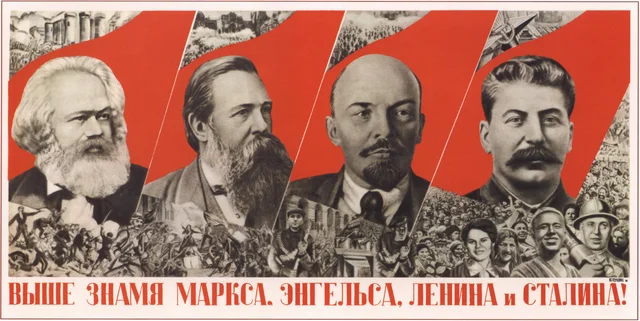 Marxists revolutionaries disagree over revolutionary tactics. The more radical Bolsheviks are ready to risk everything. The charismatic Vladimir Lenin becomes the leader.
Marxists revolutionaries disagree over revolutionary tactics. The more radical Bolsheviks are ready to risk everything. The charismatic Vladimir Lenin becomes the leader. -
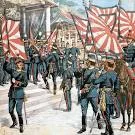 Russia suffers humiliating defeats, weakening public trust in the government and exacerbating internal strife.
Russia suffers humiliating defeats, weakening public trust in the government and exacerbating internal strife. -
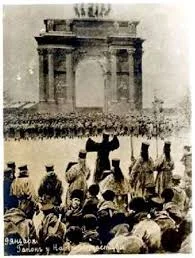 Thousands of workers march to the Winter Palace in St. Petersburg to present a petition to Czar Nicholas II. Soldiers fire on the crowd, killing hundreds. This event sparks widespread strikes and protests.
Thousands of workers march to the Winter Palace in St. Petersburg to present a petition to Czar Nicholas II. Soldiers fire on the crowd, killing hundreds. This event sparks widespread strikes and protests. -
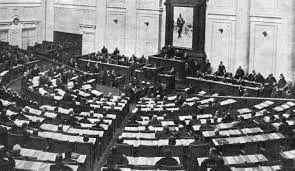 Russia’s elected parliament, meets but is quickly dissolved by the czar due to its demands for reform.
Russia’s elected parliament, meets but is quickly dissolved by the czar due to its demands for reform. -
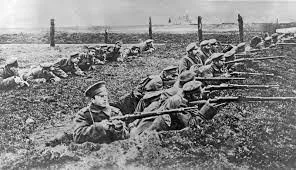 Russia enters World War I, but is unprepared for the massive losses and economic strain. Morale among soldiers and citizens declines rapidly.
Russia enters World War I, but is unprepared for the massive losses and economic strain. Morale among soldiers and citizens declines rapidly. -
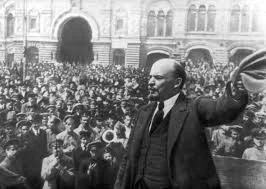 The Bolshevik Revolution, also known as the October Revolution, takes place. Lenin and the Bolsheviks overthrow the Provisional Government and establish a communist regime.
The Bolshevik Revolution, also known as the October Revolution, takes place. Lenin and the Bolsheviks overthrow the Provisional Government and establish a communist regime. -
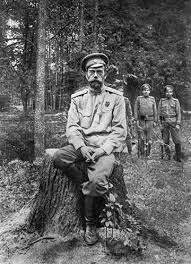 The February Revolution leads to the abdication of Czar Nicholas II. A Provisional Government is established, but it struggles to maintain power and address Russia’s economic and social crises.
The February Revolution leads to the abdication of Czar Nicholas II. A Provisional Government is established, but it struggles to maintain power and address Russia’s economic and social crises. -
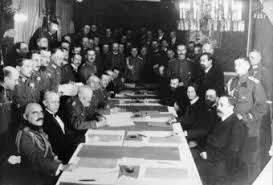 The Treaty of Brest-Litovsk is signed, ending Russia’s involvement in WWI. However, the harsh terms imposed by Germany create further unrest.
The Treaty of Brest-Litovsk is signed, ending Russia’s involvement in WWI. However, the harsh terms imposed by Germany create further unrest. -
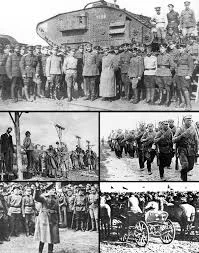 The Red Army, led by Leon Trotsky, defeats the White Army, solidifying Bolshevik control.
The Red Army, led by Leon Trotsky, defeats the White Army, solidifying Bolshevik control. -
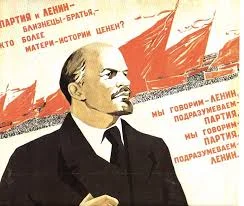 Lenin introduces the New Economic Policy (NEP), allowing limited capitalism to revive the war-torn economy.
Lenin introduces the New Economic Policy (NEP), allowing limited capitalism to revive the war-torn economy. -
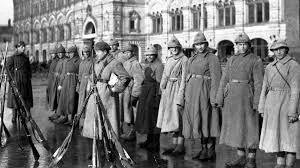 The Union of Soviet Socialist Republics (USSR) is officially established, marking the formation of a communist state under Bolshevik rule.
The Union of Soviet Socialist Republics (USSR) is officially established, marking the formation of a communist state under Bolshevik rule.